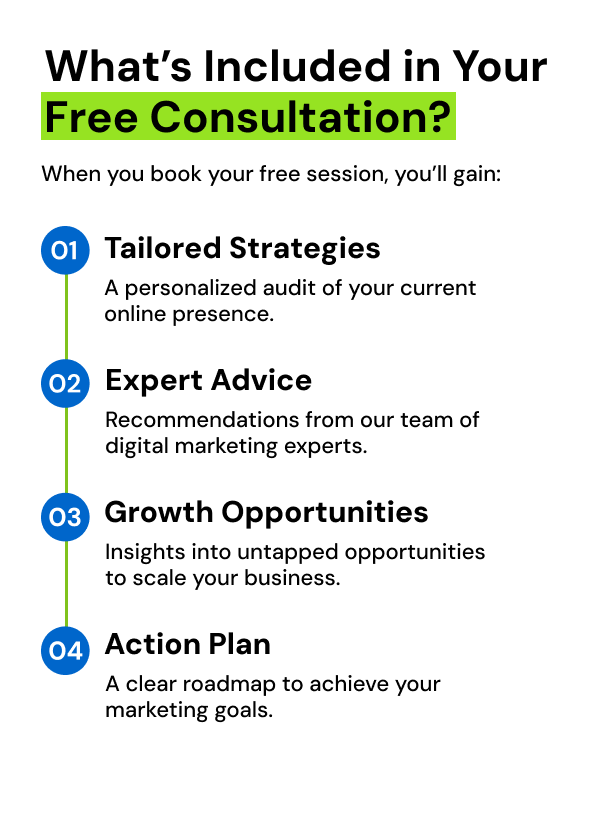Audiences are curious, so scrolling on social media platforms is breaking records. They are searching for clarity, so attention-grabbing content that doesn’t exhaust the audience’s interest is more important than ever. People continue to return to explore both simplified and complex topics. Scrolling and swiping have now become the action-encouraging trend to keep audiences engaged. So, by offering insights, clarity and solutions, brands encourage their audiences to swipe till they come across the actionable takeaway. Here is where the brands need creative assistance from digital marketing experts.
But what is swiping?
As explained by Google’s Material Design System, swiping differs from flicking and scrolling. The swiping gesture means the users are sliding elements and completing actions upon passing a threshold. Swiping content to the end on a social media platform mimics the analogue motion of swiping a card off the top of a deck.
In practice, navigation is achieved by swiping one finger or thumb. Hence, the app features should allow accessibility to the finger – users would not want to stretch their thumbs or adjust their grip when executing a function.
Why Swipe Culture Matters for the Remainder of 2025 and Beyond?
Digital content consumption is now like wildfire. Daily, the figures on the hours spent on social media are continuing to rise. Brands are now competing hard core to gain infinite scrolls. With the swipe culture emerging from audience behaviour, users scroll quickly and pause only to consume content that immediately captures their interest.
Swipe culture has turned into a digital habit. It has become a way of life to navigate trending videos on Facebook Reels and relatable memes on X. The challenge for brands is not only to create content but also to create a pause.

Why swiping matters?
Swiping is intuitive and natural. The swiping motion is now the chief factor in UX design. Its left-hand orientation even aligns with how we read and visualise time. Unlike alternative command-executing mediums, such as clicking on a digital button or link, swiping is a much faster motion.
There are apps with quick browsing functionality, and swiping is the key to retaining the users’ attention. But they could even stop and leave if they find browsing visually confusing or time-consuming. A surfeit of choices overwhelms users, particularly in eCommerce. It is noticed that choice paralysis is the reason why they continue to look for more options and check out the information to make a final decision.
So, when eCommerce brands present their merchandise to enable customers to view items at their convenience, it saves them from having to view multiple objects all at once. So, most online shoppers prefer the grid format. Discreetly presented objects increase browsing time – as they swipe, it mimics how objects are flipped in the real world.
As they reject most items and select a few, it personalizes and refines the shoppers’ experience. The app developers collect useful data regarding their customer base. The swiping technology has helped users to retain information better and encouraged return visits.
How should swipe features be incorporated into content?
Thumb-stopping content is based on resonance, meaning to establish an emotional bond within a few seconds. When they feel understood or intrigued, users will surely stop to explore it all. So, we shall point out a few pillars for the brands to master to incorporate swipe culture:
1. Accepting micro-moments
Micro-moments are the very important, though selective, instances in which users try to learn, discover, and be amused. Compared to long ads, tips and behind-the-scenes content are proven to be much more effective.
Mobile content is where brands need to think critically, as the mobile experience is intimate and personal.
2. Hook, hold and reward
The first five seconds are incredibly crucial. Content with bold visuals, a provocative question, or a surprising element immediately grabs attention. But retention is equally important as capturing attention. So, storytelling deserves the most applauding welcome. Rewarding the users early and often with humour, helpful information, or an emotional payoff are a few of the finest reasons to give them a reason to remain engaged.
3. Platform-specific creativity
What has worked on Instagram may not necessarily yield the same results on Facebook. Every platform has its own culture, user behaviour, and expectations. But there is no “one-size-fits-all” strategy. Therefore, content should be created according to each platform’s unique characteristics. The repurposed content should seem to belong to control users with effort.
4. Empathy is the winner!
What is central to thumb-stopping content is speaking the users’ language. Content represents the audiences’ hopes, aspirations, problems, or humour is more resonant. Selling stories, identities, and emotions will ultimately sell products. Real engagement is when the users feel seen and heard. There are more layers of achievement than only vanity metrics like views and impressions.
5. Creativity meets strategy
Buzz-worthy content is a strategy – creativity and platform-dependent strategies must be balanced. To create emotional connections, attention and micro-moments need to be tossed one after the other. To create content for scroll-happy viewers, the most relatable voice is often the best choice.
Conclusion
Both scrolling and swiping have now become addictive. Each time we scroll or swipe, we hit on specific products or information that feels rewarding. Hence, people will continue scrolling and swiping with the hope of finding something more reassuring. By tapping into this curiosity-driven scrolling, brands can structure their content to keep readers engaged and discuss progressive storytelling. Each section builds on the last, offering bite-sized insights to encourage further swiping and reading.







